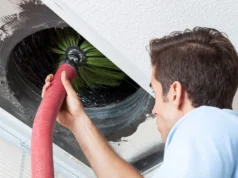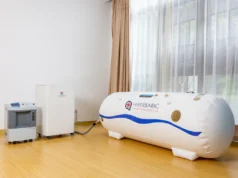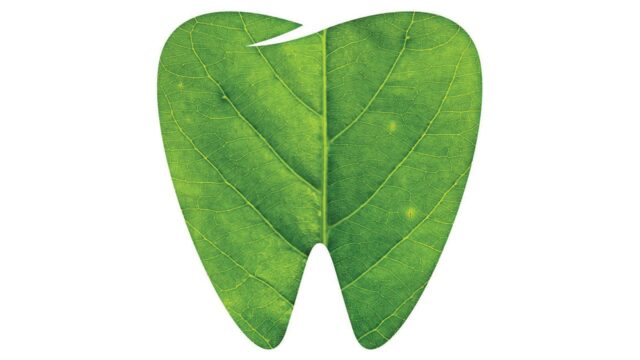
More than ever, sustainability is at the forefront of every industry, and dentistry is no exception. With increasing awareness of the climate crisis, it’s essential for everyone, including dentists, to consider the environment in their professional operations.
Adaptation to green practices can lead to more efficient operations, reduced waste, and a healthier planet. This article aims to introduce how dental offices can transition to a more sustainable, greener practice.
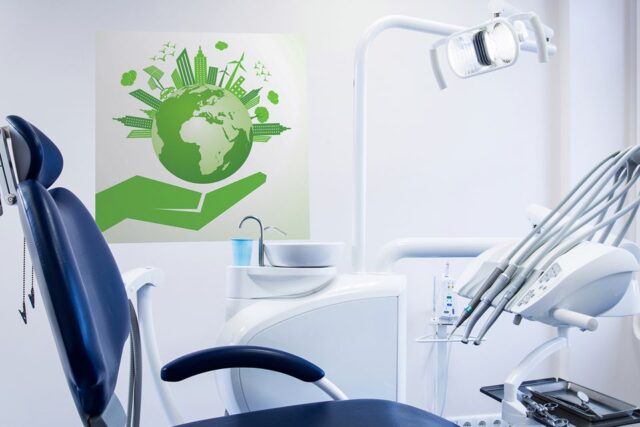
The Need for Sustainability in Dentistry
The medical sector, including dentistry, generates a significant amount of waste and uses considerable energy. Traditional dental practices like the use of amalgam for fillings, disposable plastic products, and large amounts of water contribute extensively to environmental degradation. In addition to waste generation, dental practices produce a substantial carbon footprint through the electricity consumed by odontic equipment.
Gaining an understanding of these impacts is the first step towards mapping a more sustainable approach to dentistry. Beyond the ethical and environmental arguments, sustainability within dentistry has broad implications for public health. Dental waste might contain hazardous substances that can harm wildlife, pollute water sources, and potentially affect human health.
By incorporating green practices, dental offices can drastically reduce their ecological impact, safeguard the environment, and contribute to the overall well-being of society. When looking at office spaces, one should be chosen with sustainability in mind. A sustainable dental office space for rent comes equipped with necessary amenities and has the potential for improvement towards eco-friendly practices.
The urgency for sustainability makes a compelling case for dentistry to step up and transition towards more environmentally friendly practices.
Benefits of Going Green
Transitioning to environmentally friendly practices in your dental clinic doesn’t just benefit the planet – it also reaps a myriad of benefits for your business. Firstly, adopting energy-efficient technology, such as LED lighting systems and digital X-ray equipment, can result in significant cost savings over time. By reducing utility bills and decreasing reliance on non-renewable energy, going green stands as an appealing financial investment for odontic practices.
In addition to financial benefits, becoming a green dental office can enhance your business’s image and reputation among patients. Today’s increasingly environmentally-conscious consumers appreciate businesses that show a commitment to sustainability. As a dental practice, demonstrating your commitment to reducing your environmental impact not only conveys your values but also distinguishes your business, potentially attracting a wider customer base.
Furthermore, green initiatives in the workspace can boost employee morale and productivity. Being an active contributor to the environmental cause undoubtedly brings a sense of accomplishment and purpose.
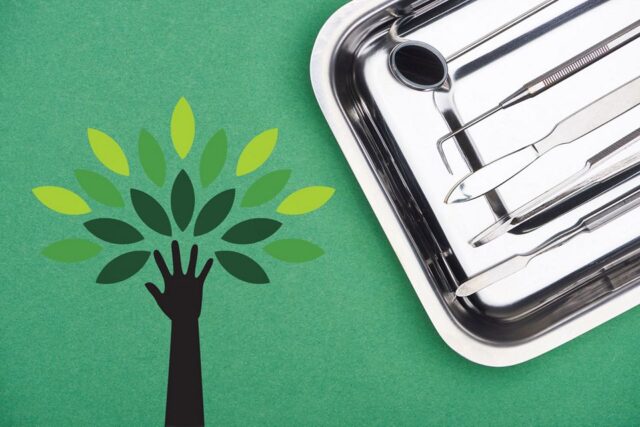
Sustainable Practices in Dental Offices
The pivot to green dentistry is increasingly accessible through the adoption of sustainable practices, with an overall objective to reduce waste and energy use. One significant change a dental office can implement is the use of eco-friendly dental equipment.
For instance, the traditional odontic chair can be replaced with an energy-efficient model that uses less water and electricity. Similarly, switching to digital X-ray machinery can also reduce energy consumption and decrease radiation exposure for patients.
In addition to reworking dental equipment, waste management is an area that calls for sustainable reform. The disposal of dental waste, if not managed correctly, can pose a severe risk to environmental health. Therefore, dental practices must make an effort to ensure proper disposal of biohazardous odontic waste, such as sharp instruments, amalgam waste, and used dental bibs.
Implementing a recycling policy for non-hazardous waste like paper, glass, and metal can also make a considerable difference. Furthermore, adopting green initiatives like energy-efficient lighting, periodically servicing of HVAC systems, and using energy-saving office equipment can contribute further to creating a sustainable odontic office.
Measurement and Reporting
To effectively manage their environmental impact, dental practices should implement systems to measure and report their sustainability efforts. This could include tracking metrics like energy consumption, waste reduction, and carbon emissions. Regular reporting not only helps in setting concrete, achievable goals but also demonstrates a commitment to environmental responsibility. By sharing this progress with staff and patients, dentists can foster a culture of sustainability and inspire others to adopt similar practices.

Patient Education
Beyond internal measures, dentists have a unique platform to educate their patients about sustainable dental care. This includes offering advice on eco-friendly oral hygiene practices, such as using biodegradable dental floss and toothbrushes made from sustainable materials. By informing patients about the green initiatives undertaken by their dental office, dentists can raise awareness and encourage patients to make more environmentally conscious choices in their daily lives.
Alternative Materials
A significant aspect of sustainable dentistry lies in the materials used. Transitioning to alternative, eco-friendly dental materials not only reduces the environmental footprint but also showcases a dental practice’s dedication to sustainability. Biodegradable products, for instance, minimize waste and offer a greener alternative to traditional dental supplies. By adopting such materials, dentists can ensure that their commitment to the environment extends to every facet of their practice.
Making the Transition to a Green Dental Office
Transitioning to a green dental office involves a strategic change management process, as careful planning and implementation are essential to drive meaningful change. Start by conducting a thorough audit of your current practices to identify areas where improvements can be made.
This could include opting for eco-friendly products, better waste management, or launching energy conservation strategies. Along with gaining approval from all staff members, practices may need to upgrade or train their team to ensure the new protocols are adhered to accurately.
The alteration, nonetheless, doesn’t conclude with internal modifications and adaptations. Cultivating a green dental practice involves meeting specific standards and acquiring necessary certifications. This often equals adhering to the recommendations specified by environmental agencies and dental administrative bodies, which could alter based on your geographical area.
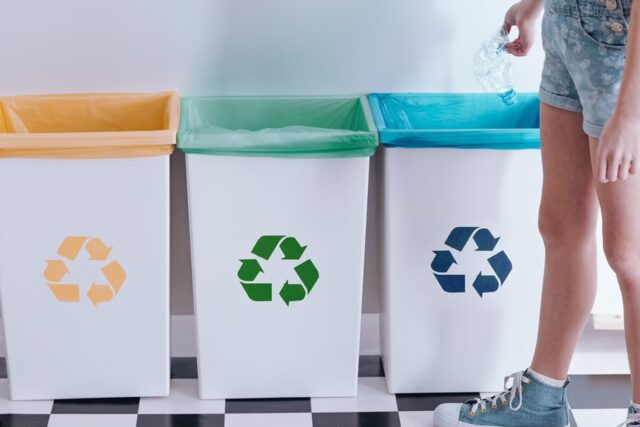
In addition, numerous financial resources are accessible to businesses embracing eco-friendly strategies – such as grants, loans or tax benefits – which can be utilized to counterbalance initial expenses. Ultimately, frank communication with patients about your green initiatives not only raises consciousness but can also assist in boosting your reputation in the community.
With the increasing global attention on environmental conservation, it’s inevitable that professions across the board adapt to more sustainable practices. Dentistry is no exception. Incorporating environmentally friendly methods in dental practices can reduce carbon footprints, cut down on waste, improve public health, and potentially bring financial benefits. The call to go green is a conscious effort towards working responsibly for the wellbeing of both the environment and the community we serve.



